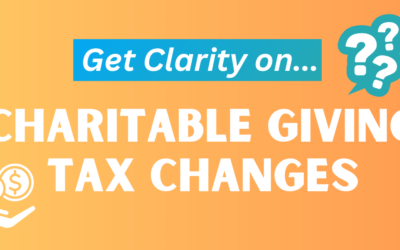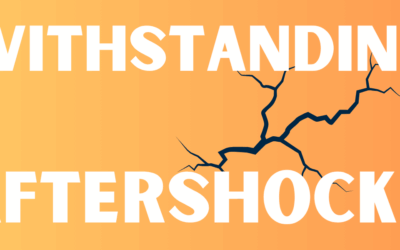 Effective nonprofits tell their story. It’s not enough to just do good work; we rely on public support and so we must enlist the public as allies. Getting that word out was a lot harder in the 20th century, and often a lot more expensive. Four-color glossy printing gets cheaper after 1,000 copies, but for the small nonprofit, that’s already too many copies and too much money.
Effective nonprofits tell their story. It’s not enough to just do good work; we rely on public support and so we must enlist the public as allies. Getting that word out was a lot harder in the 20th century, and often a lot more expensive. Four-color glossy printing gets cheaper after 1,000 copies, but for the small nonprofit, that’s already too many copies and too much money.
Many nonprofits still find it necessary to have the print version of their annual report for a select few purposes, but let’s not assume that everyone wants that expensive mailer because they sent you $25 two years ago at the behest of a friend. There is a way to scale your response, keep your costs down, and still make that impact—maybe even a better one than blanketing the world with paper that immediately hits the recycling bin.
- Yes, you still want to produce a visually compelling, easy-to-access story about you, your mission, your outputs for the year and your progress toward outcomes. Yes, pictures are still really good for that, as are pretty charts. Maybe even the occasional infographic (but use sparingly). Instead of going right to print, use your donated software from TechSoup.org (your publishing software is coming from TechSoup, yes?) and create your compelling story. Publish it as a PDF document for download on your website, and maybe add a service like Scribd to make a nice page-turning experience for those who still like that feel for an annual report.
- E-mail the link to your donors, friends, potential donors, stakeholders…just about anyone you have permission to e-mail. Let them know you are using their money carefully and making your annual report available online to keep costs low and communication high. Let people reply to the e-mail to request a paper copy if they really want one. Then you can send just a few that will actually get read, and not hundreds or thousands that will never get opened. Bonus for environmental groups: “reduce” comes before “recycle.” Soy ink is great and all, but less is definitely more in the case of printing.
- Not all of your stakeholders using e-mail? Or at least not giving you an e-mail address yet? Send a postcard. It’s much cheaper and much more environmentally friendly than sending them the full annual report. On the postcard, tell them your report is available and give them a really simple address to get it (report.yournonprofit.org is way better than www.yournonprofit.org/about/reports/2012.html). Also, give them an e-mail address and a phone number so that they can contact you for a paper version if they want one. Some will still want paper, but others may just pop by your website and maybe they will even give you an e-mail address, which could translate to instant cheaper communication in the future.
- Don’t print more than you need for occasional use when you can always print on-demand. Yes, it would be cheaper per unit to print 1,000 all at once, but it’s still way less expensive in total to print on-demand for just several dozen.
- Want to really impress people? Publish an ePub version and let them use their tablet or e-reader to flip through your virtual pages. You may even get it shown off to others, because techie people with e-readers love to show off all the cool content they can get for free. And your software will make an ePub for you with little extra effort.
And when you forgo the hard copy, don’t forget to tell people that this decision isn’t just about cost savings. This is part of a well-rounded communications strategy, one which respects how people really want to get communication from you, not just how you are used to sending it out. Help them opt-in to relevant communications from you all year ‘round so that they hear about what they care about. Your stakeholders need to be able to dial up (or down) the volume of communication on subjects they care about rather than just getting one check-in at the end of your fiscal year. Readers who feel like you are giving them choices and respecting their habits are on the road to becoming advocates.
Originally published at Nonprofit Quarterly.


Comments are closed.